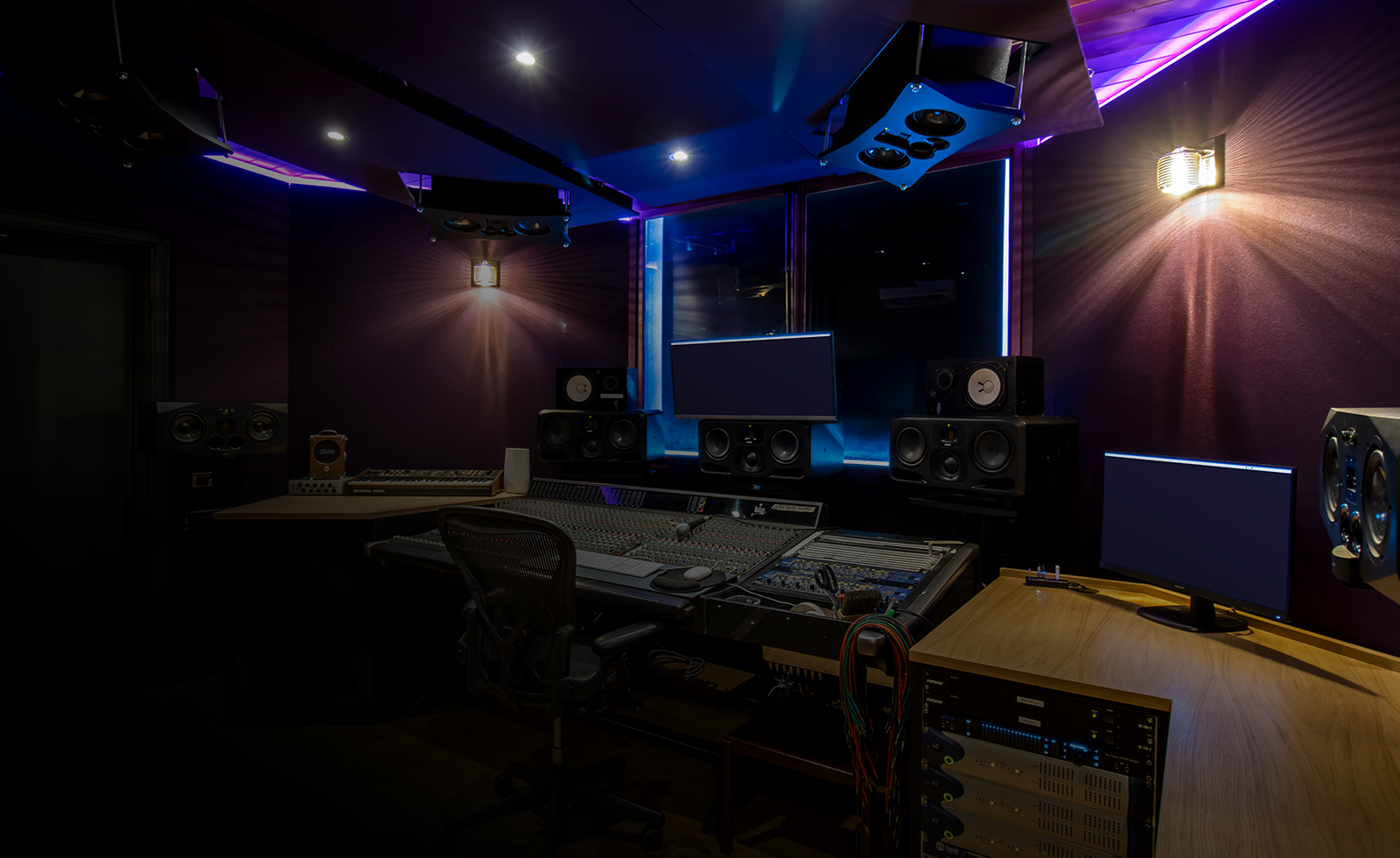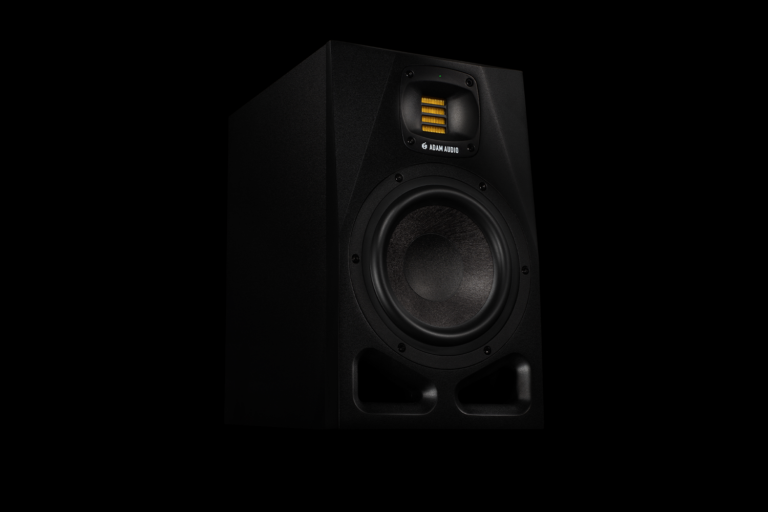Immersive Audio
More and more producers and engineers are exploring the power of immersive audio, a technology that enriches soundscapes and enables listeners to experience audio in full 3D.

First of all, what is Immersive Audio?
Immersive audio (also often called “spatial audio”) refers to surround sound techniques that create a three-dimensional audio experience for the listener. It typically involves the use of multiple audio channels and speakers, which are placed in various positions around the listener to create a more realistic and enveloping sound field.
Immersive audio can be used in a variety of contexts, such as movies, video games, virtual reality environments and of course music, to create a more captivating and engaging audio experience compared to traditional stereo or mono applications.
Setup and terminology
This exemplary layout is based around a 7.1.4 system with seven loudspeakers surrounding the listener, four above, and a single subwoofer. The name of each channel is often abbreviated with letters, e.g., “C” for “Center”, or “Rrs” for “Right rear surround”. Subwoofers are often integrated via a dedicated Low Frequency Effects (LFE) channel (the “1” in “7.1.4” indicates a single LFE channel).
Immersive systems can easily exceed this number of loudspeakers. For example, more than one subwoofer can be used for a single LFE channel, or more speakers are used as surrounds or overheads.
Why is immersive audio gaining popularity?
Immersive audio is gaining popularity for several reasons: One is that it can create a more realistic and engaging audio experience, especially in the context of movies and video games. With the help of additional speakers and height channels, sounds can be made to seem like they’re coming from all around the listener, making the experience feel more lifelike.
Another reason is the rise of streaming services, home theater systems, and gaming consoles that can support immersive audio formats like Dolby Atmos and DTS:X. This has made it easier and more common for consumers to access immersive audio content.
Also, virtual reality (VR) and augmented reality (AR) technologies have been gaining traction in recent years, and spatial audio is considered a crucial element in creating realistic and engaging experiences in these contexts.
Lastly, people’s perception and expectation of audio is changing. With the advent of technology (for example in headphones or soundbars), people are more accustomed to surround sound and 3D audio, which is making them appreciate more advanced audio formats and hence driving the popularity of immersive audio.

Many Parts Make For one System
To breakdown the complexity of an immersive sound system, you can find below tips, checklists and further information for all relevant categories of equipment.
- Object-Based Audio
If you are interested in immersive audio applications, the first thing to get your head around is the concept of Object-Based Audio (OBA). Traditionally, sound is typically mixed and played back through fixed channels, such as left and right speakers in a stereo setup. However, with object-based audio, sound is treated as individual entities or objects that can be positioned and moved in three-dimensional space.
Each audio object in OBA contains not only the audio signal but also metadata that describes its position, size, motion, and other characteristics. This metadata allows for precise control and manipulation of the sound objects during playback. For example, an object-based audio system can simulate sounds coming from specific directions, move sounds around the listener, or even change the size and characteristics of the sound source dynamically. The possibilities to design soundscapes are endless.
A lot of the hardware and software requirements for content creation in spatial audio setups stem from the object-based paradigm. Object-based audio systems are adaptable to different playback setups, ranging from simple stereo systems to more complex multi speaker configurations.
- Audio Interface
The audio interface should support enough output channels to accommodate the speaker configuration of the immersive audio system of your choice. This typically includes a minimum of eight outputs (including an LFE channel for the subwoofer(s)) but can extend to even more channels for larger setups. Secondly, the interface should have low-latency performance to ensure accurate and synchronized audio playback.
Additionally, it should provide support for the audio format you intend to use, for example PCM or Dolby TrueHD. Finally, the interface should be compatible with the rendering software being used to create and mix your project.
- Studio Monitors
Here are a few considerations regarding the dimensioning of your immersive speaker setup:
- Do they provide sufficient SPL?
- Are there different form factors available?
- Can they be mounted?
- Can they be remote controlled?
- Can the system be expanded?
In the “Technical Data” section of each product page, you can find the answers to all these questions and more.
Please contact our Support department, if you would like to spec out an immersive sound system with ADAM Audio studio monitors and subwoofers.
- Mounting
Having speakers mounted right above your head can be a daunting thought, and rigid mounting accessories are key to ensure the safety and longevity of the entire system.
Wall mounts can also help to maximize the use of the available space, keeping the floor free of stands, cables etc.
For further information on compatible mounting accessories for ADAM Audio studio monitors, please refer to:







